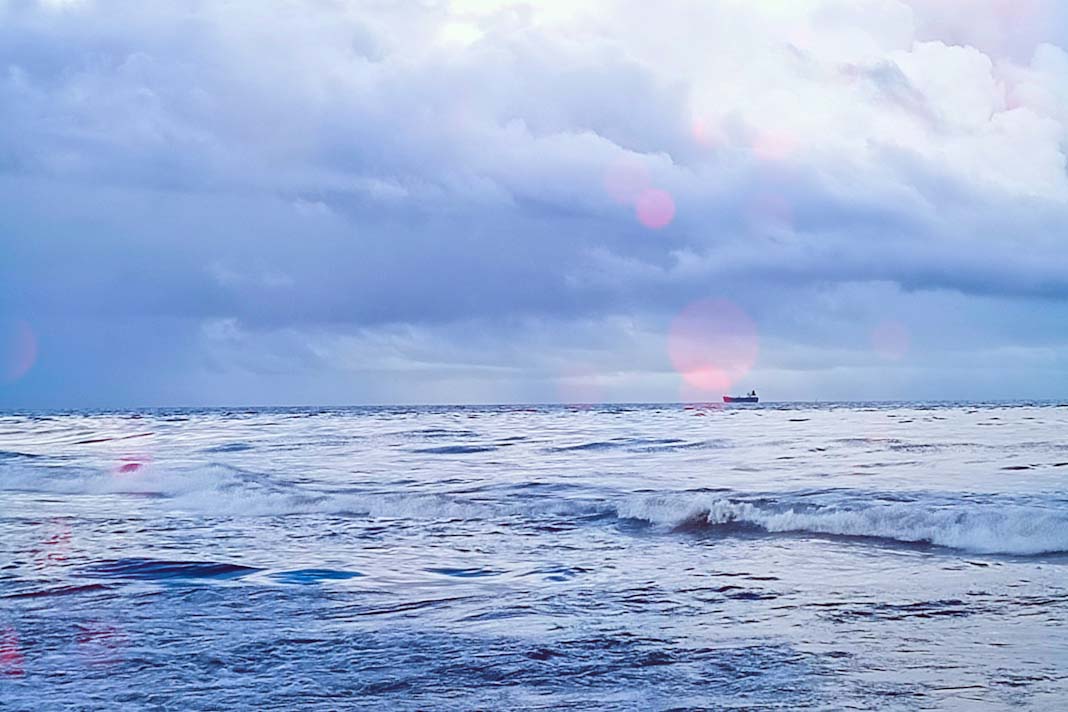China’s recent launch of a new “Arctic Express” container service through the Northern Sea Route (NSR) is setting up a strategic divide in global shipping.
China’s Arctic Express Service
China is utilizing the Northern Sea Route (NSR) to ship goods between Asia and Europe, an alternative that can cut the traditional Asia-to-Europe transit time via southern Africa by almost half (from 40 days). This initiative is being actively promoted by Russia, which controls access to the route.
- Inaugural Voyage: The vessel Istanbul Bridge recently completed a voyage from St. Petersburg to Qingdao, China, and has now set sail again, listing its destination as Felixstowe in the UK.
- New Service: The vessel is inaugurating a new “Arctic Express” service to connect major Chinese ports (including Dalian, Shanghai, Fuzhou, and Ningbo) with European ports such as Felixstowe, Rotterdam, and Hamburg.
- Cargo and Motivation: The cargo includes products like lithium batteries and other chemical goods. Analysts view these voyages as an “experiment” and part of China’s long-term push to diversify trading routes and reduce vulnerability at chokepoints like the Malacca Strait.
- Ownership: The registered owner of the Istanbul Bridge is British Virgin Islands-based Neom Line Holding Ltd., with the manager listed as Ocean Fleet Shipmanage Ltd., based in Qingdao.
European Carriers’ Rejection of the NSR
Despite the economic incentive of halving the transit time—especially with the Red Sea/Suez Canal route effectively shut down by Houthi attacks—the world’s largest container carriers are reaffirming their commitment to avoiding the Arctic.
- MSC’s Stance: MSC Mediterranean Shipping Co., the world’s largest carrier, issued an advisory to “reaffirm” its commitment to avoiding the Arctic passage. It cited concerns about the potential impact on the fragile ecosystem and ice caps, the effect on remote Arctic communities, and the fact that the route remains “underdeveloped” with unassured safe navigation.
- Other Major Carriers: A.P. Moller-Maersk A/S, CMA CGM SA, and Hapag-Lloyd AG also confirmed they would not use the NSR. These four European carriers are all signatories of the Arctic Corporate Shipping Pledge, a voluntary 2019 commitment to avoid the region.
- Maersk’s Rationale: Maersk specifically stated that the environmental risks are significant and that, operationally, there are considerable limitations regarding navigable time windows, infrastructure, vessel size, vessel type, and safety. The company also noted that it has no business activities in Russia.
Operational and Commercial Constraints
Even as climate change is shrinking sea ice, making the route more accessible for a limited time each year, significant operational and commercial obstacles remain.
- Safety and Navigability: The NSR, which follows Russia’s Arctic coast for over 3,000 nautical miles, can have ice even during warm months and freezes thick in winter. Ships often require ice-breaker assistance and must obtain clearance from Moscow to use the route.
- Vessel Requirements: The Istanbul Bridge is a reinforced ship but still requires icebreaker assistance for anything thicker than a very thin layer of ice.
- Commercial Viability: According to maritime consultancy Drewry, the need for stronger, specialized vessels or icebreaker support, coupled with high fuel consumption, means the route is “not commercially viable at scale.”
Did you subscribe to our Daily newsletter?
It’s Free! Click here to Subscribe!
Source: gCaptain
















